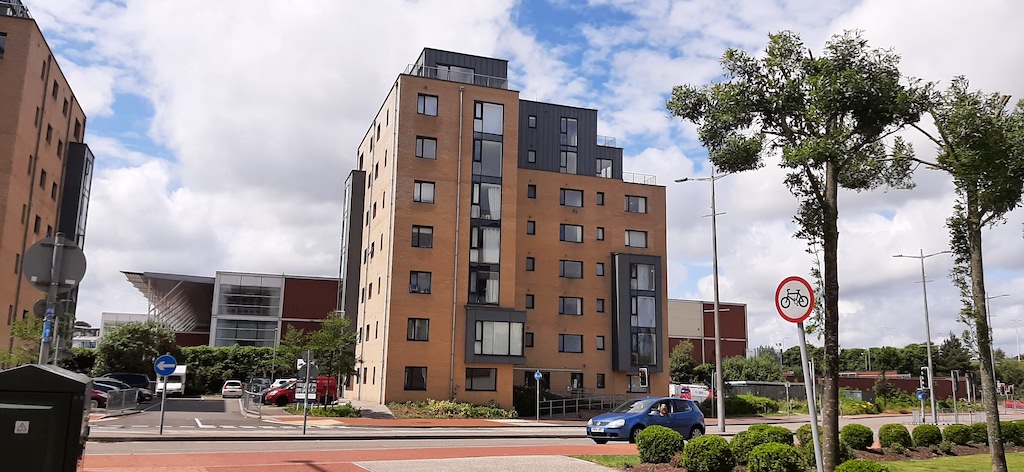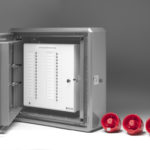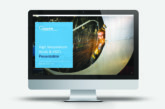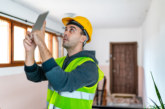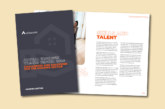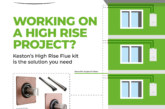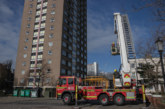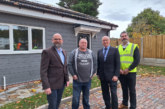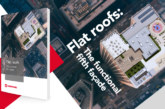Two seven-storey residential apartment buildings in the cultural and social hot-spot of Cardiff Bay are now protected by evacuation alert systems from UK manufacturer, Advanced.
The EvacGo panels have been installed to meet the criteria set out in the BS 8629 Code of Practice for the design, installation, commissioning, and maintenance of evacuation alert systems for use by fire and rescue services in England and Wales.
Situated in Cardiff Bay’s Tiger Quay development, Roath House and Queen Alexandra House are a mix of 73 social and market-rented one and two-bedroom apartments managed by Trivallis, one of Wales’ largest housing associations. Trivallis appointed Cardiff-based, Tremorfa Ltd, to complete the installation, requesting that Advanced’s EvacGo solutions be installed to ensure both residential buildings met the BS 8629 recommendations.
With all Advanced evacuation alert systems custom-manufactured to reflect each individual building’s evacuation zones, Advanced supplied two EvacGo systems to Tremorfa complete with 1-loop card, expandable from four to eight evacuation zones. The two systems were installed alongside a combined total of 63 sounders to provide audible warning to building occupants in the event of an emergency.
Graham Smart, Fire & Security Installation Manager, at Tremorfa Ltd, said: “Having installed Advanced solutions for a number of years, we knew we could depend on its evacuation alert system to meet the requirements of the BS 8629 code of practice. The systems in both apartment buildings are now performing as required and we will be completing the installation of further EvacGo systems at Trivallis’ properties.”

Evacuation alert control and indicating equipment (EACIE) is now strongly recommended in England and Wales for all new tall residential buildings – and is mandatory in Scotland. The EACIE must operate completely independently of fire detection systems and be designed to support any evacuation strategy chosen by the fire and rescue service.
Ken Bullock, Business Development Manager – Evacuation Alert Systems, said: “We are seeing a rapid growth in interest in evacuation alert systems from local housing authorities and private landlords eager to ensure that the safety measures installed in their tall residential buildings meet the latest regulations.
“EvacGo has been built using our industry-leading MxPro 5 fire panel technology and, in developing our solution to meet the BS 8629 Code of Practice, we have consulted with fire industry experts involved in developing the standard. Both Trivallis and the residents of Tiger Quay can now rest easy knowing that they have the latest and most sophisticated fire evacuation equipment installed in their homes.”
BS 8629:2019 is the new Code of Practice for the design, installation, commissioning and maintenance of evacuation alert systems for use by fire and rescue services in England. In place since November 2019, this code of practice recommends the installation of a dedicated evacuation alert system intended for the sole use of the fire and rescue services and separate from the building’s fire alarm system. New high-rise residential developments are among the buildings being prioritised for evacuation alert system installation. Although not yet a legal requirement in England, Wales and Northern Ireland, EACIE installation is already mandatory in new buildings containing flats over 18 metres in Scotland and considered best practice by a number of fire and rescue services.
